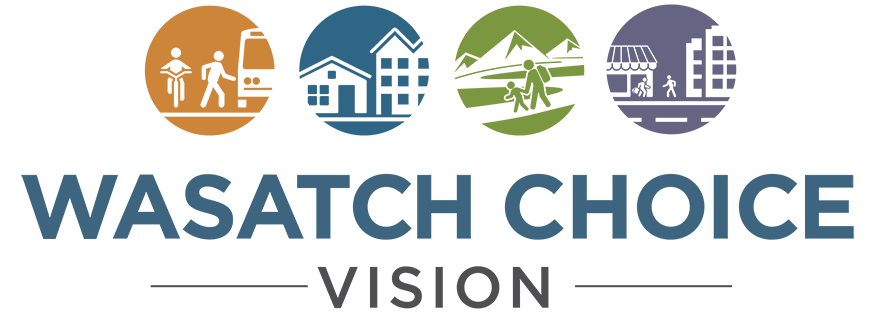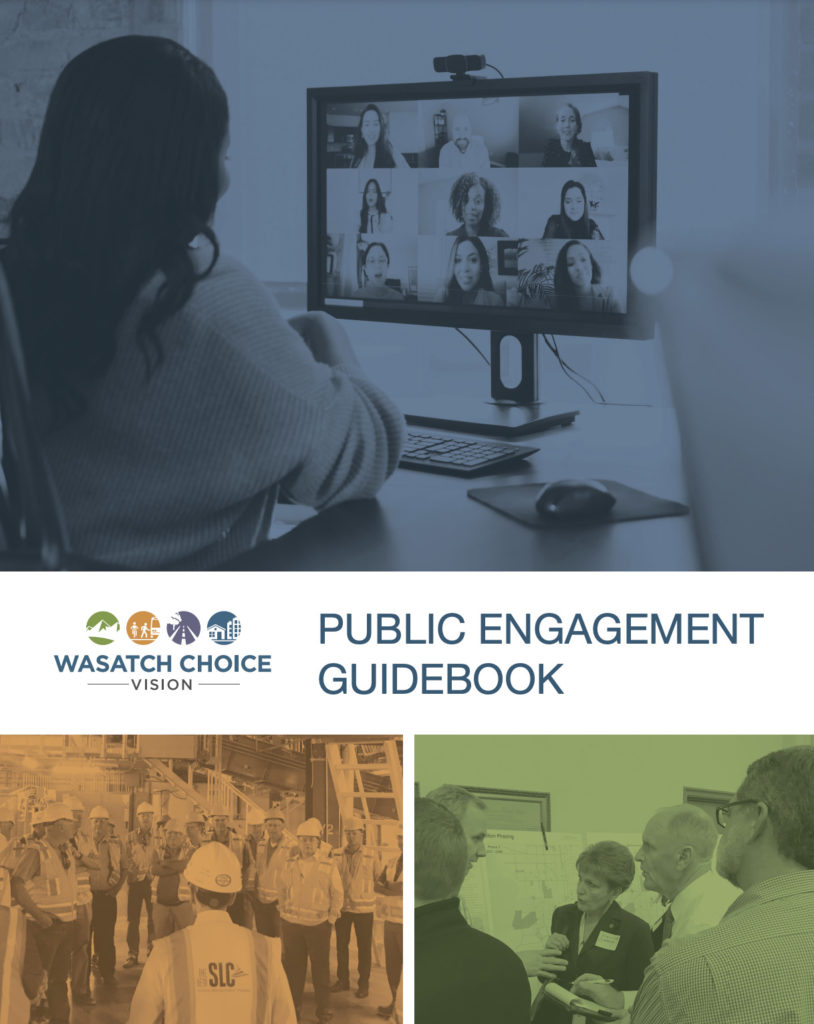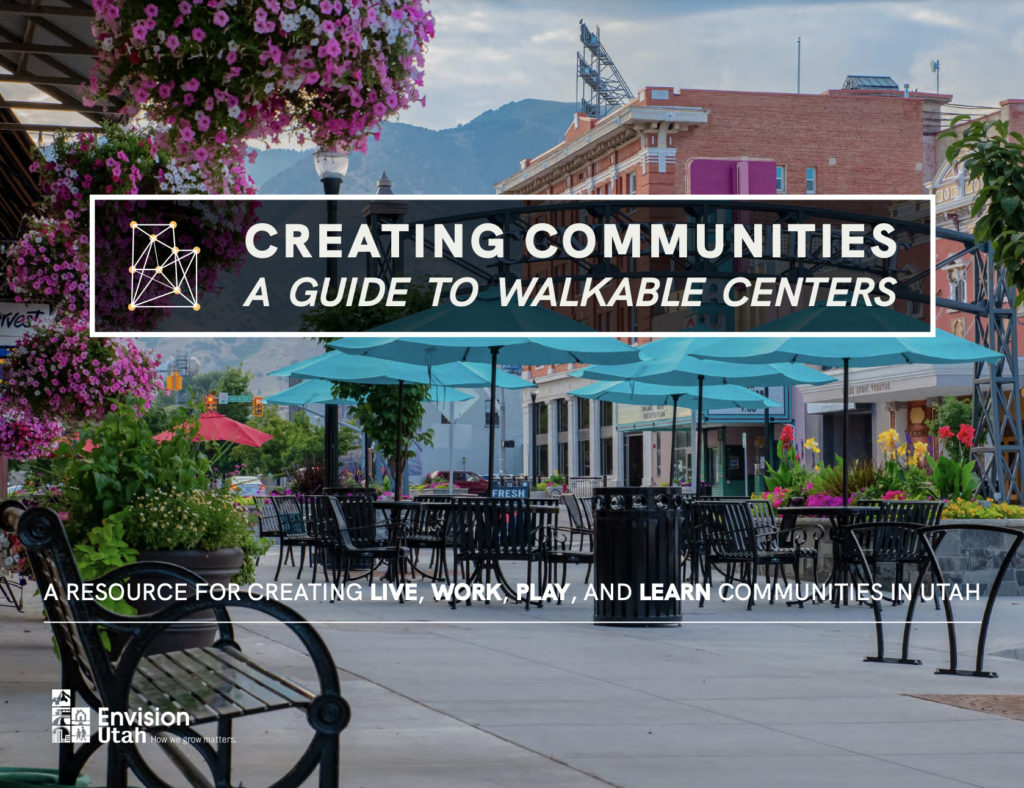Tools & Resources
The Wasatch Choice Vision coordinates the planning of transportation, land use, economic opportunity, and parks and public spaces to maintain and enhance our quality of life.
The Wasatch Choice Vision builds on community values through an expensive public input process from our partners and community leaders to establish a blueprint for growth.
The following resources have been created by the partners of the Wasatch Choice Vision to help us all as we implement our shared vision. Resources include a variety of tools, maps, technical assistance, and data:
Featured Maps and Data
The Wasatch Choice Vision Partners developed a large number of maps and data resources to help communities understand current and future conditions to inform implementation of the Wasatch Choice Vision.
The following highlight what is available and represent new features.
Additional maps and data resources are available on WFRC’s Maps & Data webpage, the Utah League of Cities and Towns (ULCT) Resource webpage, as well as at MAG’s Mapping Center.
If you need assistance using any of these tools, or have any questions or suggestions, please contact Bert Granberg.
How many valued destinations can you get to from each spot in your community? Or how many patrons or potential employees can reach each site in your community? This helps inform economic development site selection and locations for moderately priced housing.
Summarizes the designated land uses in the general plans within the WFRC MPO planning boundary. While this map layer is not a substitute for the detailed local plans available directly from cities, it presents consistent land use types, ex. single-family residential, mixed use, and parks/sensitive lands, etc.
Open Spaces
Wasatch Front Parks and Trails Map spotlights park space, family-friendly pathways, and the accessibility of these critical assets within a 10 minute walk. This can help us understand our current strengths and where additional amenities may be needed as we grow.
A Station Area Plan (SAP) is intended to promote shared objectives such as housing availability and affordability, access to opportunities, sustainable environmental conditions, and transportation choices and connections.
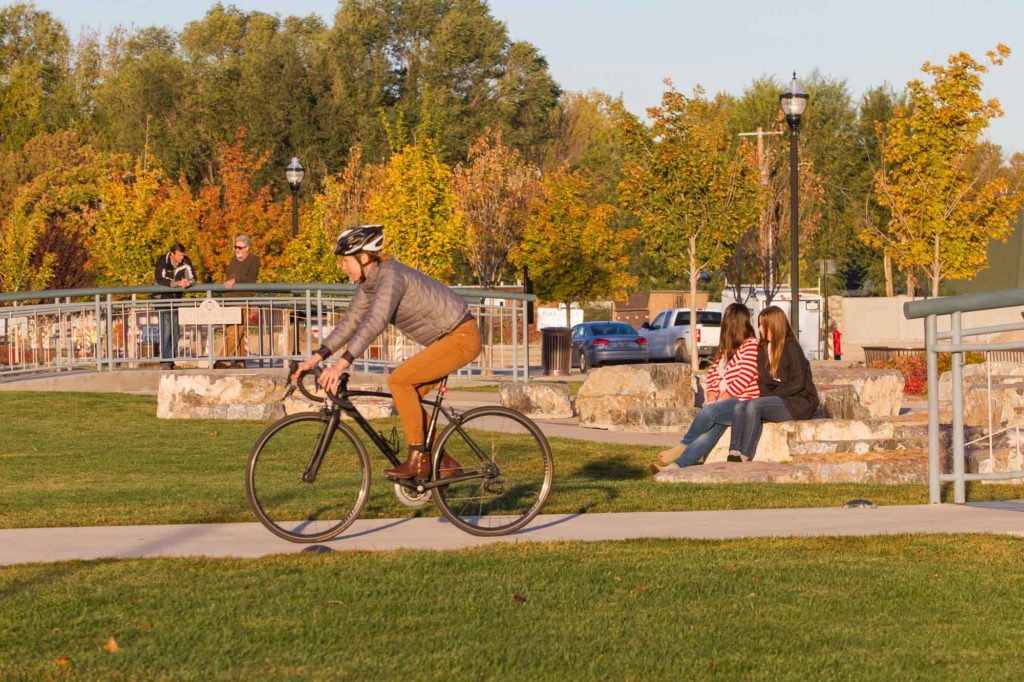
Bike use increased by nearly 100% during the pandemic, and our region is likely to see lasting gains in biking for commuting and for recreation. This data helps ongoing planning by offering:
- Existing pathways and on-street bike infrastructure
- Plans for new regional and local AT facilities
- A future “build-out” view of the bicycle network
- Bike and pedestrian demand indicators
- Level of traffic stress and other Network Quality measures
Public Engagement Guidebook
Developed as a resource to help leaders and staff develop and implement plans and policies that benefit from broad stakeholder ownership.
The guide contains resources organized around three main topics:
- Public Engagement: Process and tips for planning and executing effective dialogue and engagement with public groups.
- One-on-One Engagement: Tips and data to aid in having more effective conversations with individual members of the public on difficult topics.
- Messaging: Ready messaging for use in describing our challenges, and, when applicable, the role of the shared Wasatch Choice Vision in meeting them.
- For additional assistance talking to Utahn’s about growth, read Envision Utah’s Growth Messaging Guide.
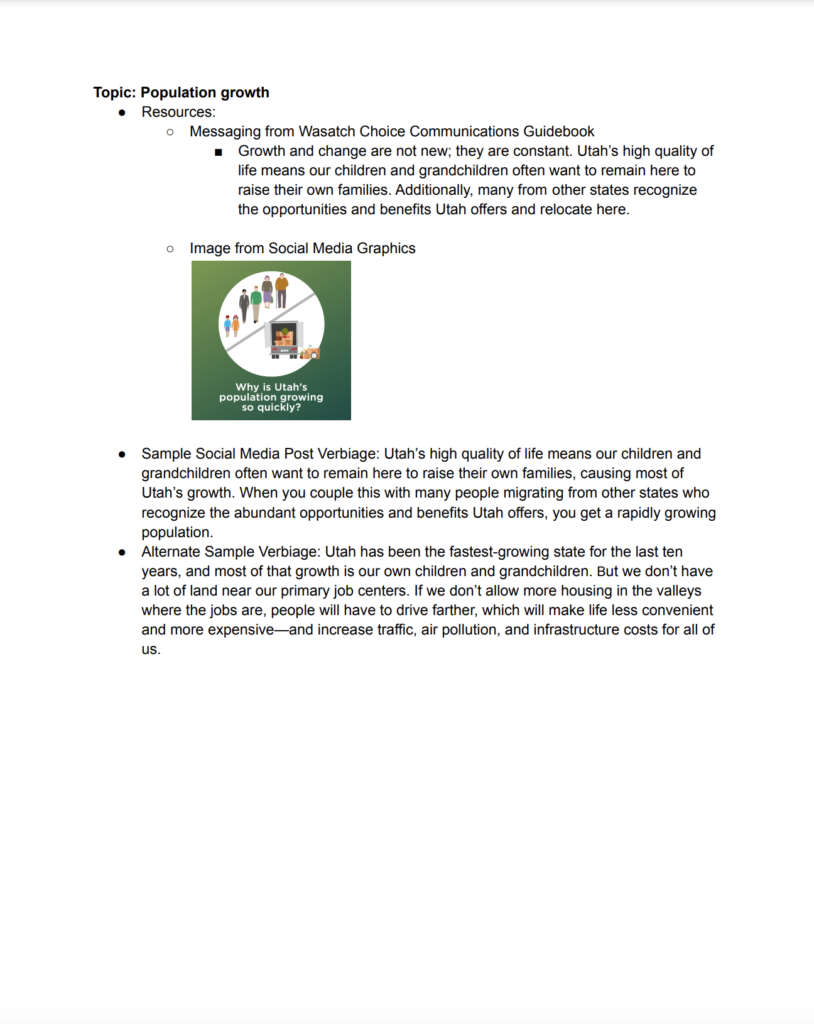
Social Media Guidebook (PDF)
Social Media Imagery (ZIP)
Additional Resources
Technical Assistance
Implementing the Vision relies on the strong involvement of all communities along the Wasatch Front. Communities are not alone or without resources to implement the Vision. Based on the need and location of the community, local leadership and staff can rely on technical assistance through the Transportation and Land Use Connection (TLC), Station Area Plan (SAP) Technical Assistance, and Technical Assistance to Governments programs.
Active Transportation Plan Standards
Active Transportation Plan Standards is a set of compiled standards that help to create a more comprehensive network of active transportation facilities in Utah.
Complete Streets
Complete Streets is a web-based platform designed to foster informed dialogue between the public and community leaders.
Envisioning Centers
Envisioning Centers is a planning and guided implementation process for smaller areas that enables a community to explore a range of scenario options and weigh the associated benefits and challenges.
Envision Tomorrow Plus
Envision Tomorrow Plus is a comprehensive scenario-planning tool, which allows the user to see and compare the outcomes and impacts of potential policy and development decisions in terms of multiple economic, demographic, and environmental indicators.
Form-based Code
Form-based Code is a tool to help facilitate the establishment of a form-based code ordinance, which emphasizes physical form to regulate and guide development, as well as implement the vision for a place.
Housing and Opportunity Assessment
Housing and Opportunity Assessment is an in-depth report that provides current data, maps, and information regarding demographics, socio-economics, and housing in communities along the Wasatch Front.
Implementing Centers
Implementing Centers is a mechanism for communities to assess barriers to development of higher density and mixed-use centers, as well as develop strategies to overcome these barriers.
Utah Street Connectivity Guide
Utah Street Connectivity Guide is a comprehensive resource for improving street connectivity in communities throughout Utah.
SB34
SB34 encourages local communities to plan for housing for residents of all income levels and coordinate that housing with transportation. Communities are required to develop a moderate-income housing (MIH) plan as part of their general plan. Communities that are required to annually report on their MIH plan implementation must satisfy these requirements to remain eligible for state transportation investments.
